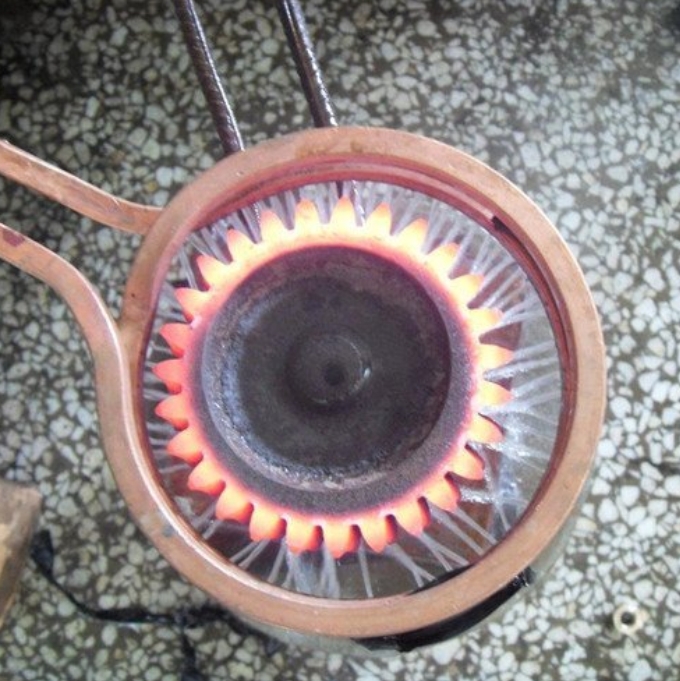- 31
- May
What are the main reasons that affect the deformation of high frequency quenching?
What are the main reasons that affect the deformation of high frequency quenching?
The factors that affect the deformation of high-frequency quenching heat treatment mainly include the original structure of the steel, carbon content, size and shape of the parts, the choice of quenching medium, the quenching process, and the hardenability of the steel.
1. The effect of carbon content in steel on the deformation of parts during quenching heat treatment. Medium and high carbon steels are prone to cracking during overheating quenching. In order to place deformation and cracking, hypereutectoid steels usually use incomplete quenching to obtain cryptocrystalline martensite, which is not easy to produce microcracks. .
2. The hardenability of steel also has a certain influence on the deformation of parts during quenching heat treatment. The hardenability of steel is closely related to the critical cooling rate of the steel. The lower the critical cooling rate, the better the hardenability of the steel. The main factor to reduce the critical cooling rate is the chemical composition of the steel. Steel with good hardenability can use a moderate quenching medium during quenching and cooling to reduce the deformation and cracking tendency of the workpiece during quenching. Therefore, for important parts with complex shapes and large sections, good hardenability should be selected. alloy steel. After serving and tempering, the required mechanical properties can be obtained and the deformation and cracking can be reduced.
3. The influence of the original structure of the steel on the quenching deformation of the parts. The microstructure of the quenched parts has a great influence on the quenching quality of the parts. For example, alloy steel, bearing steel, etc. must be spheroidized annealed after forging. During quenching and heating, the austenite grains are not easy to grow. The deformation and cracking of the workpiece are small, the finer the intrinsic grain size of the material, the higher the yield strength, and the greater the resistance to deformation, and the deformation of the workpiece after quenching is correspondingly reduced.
- The effect of quenching medium on the deformation of parts during quenching heat treatment. It is generally believed that the influence of the cooling rate of the quenching medium at 300°C on the deformation is the key, and the quenching medium should be reasonably selected according to the hardenability of the steel, the cross-sectional size of the part and the surface roughness, and the geometric shape of the part affects the quenching deformation of the part. , From the point of view of the heat treatment process, the part design is best to use a symmetrical structure, the manager avoids sharp corners, and requires an excessively uniform section. When necessary, the groove for the process can be opened. Therefore, materials must be selected reasonably to avoid quenching cracks.

